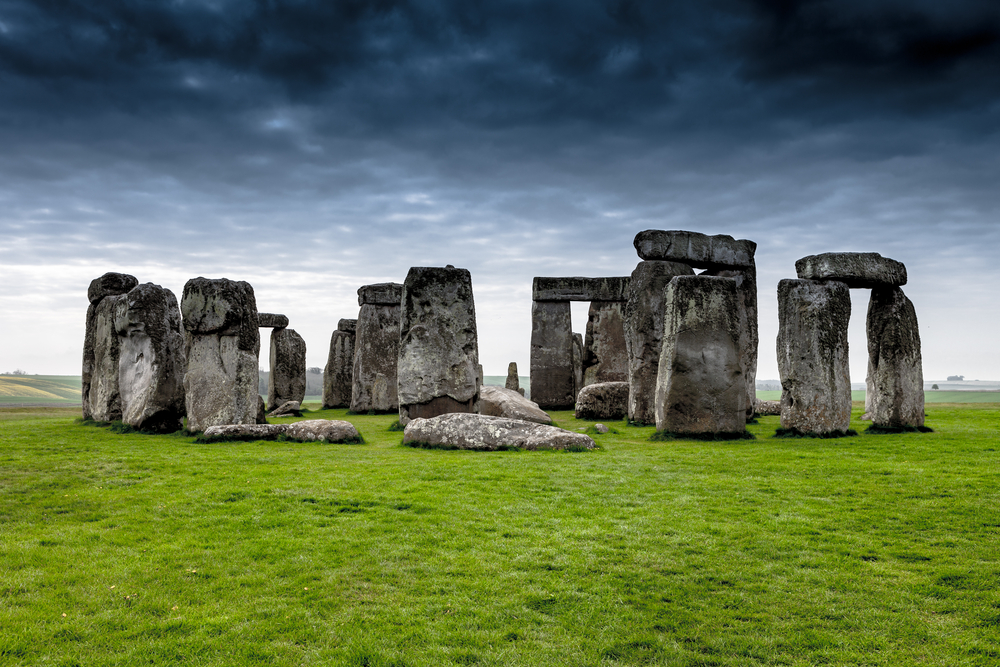
Mysterious enigma
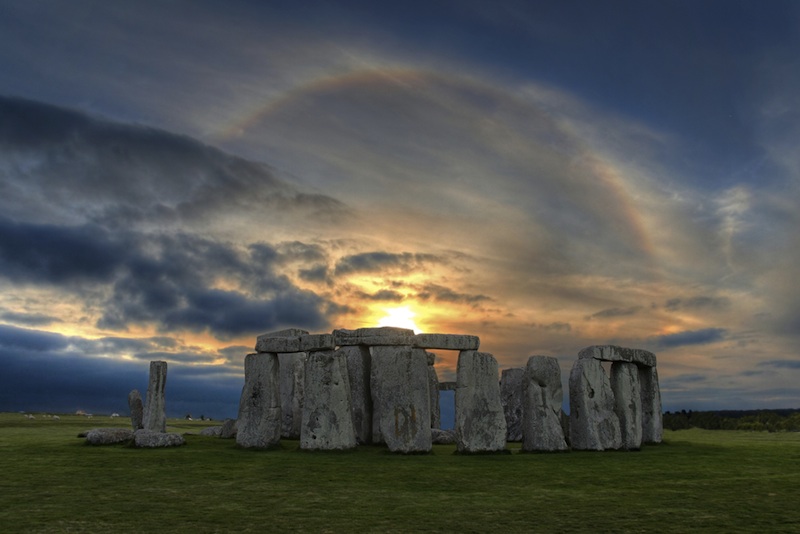
New research has unearthed a site just a mile from Stonehenge that was occupied by humans thousands of years earlier than thought
Stone monument
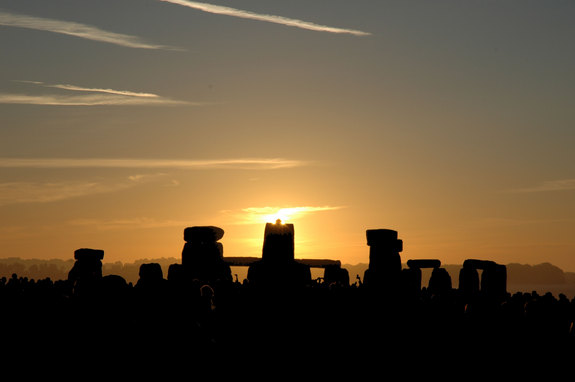
Stonehenge was built around 4,600 years ago, but a few pine beams were erected between 8,000 and 6,500 B.C. Until now, no one knew why those beams were erected when there was no other evidence of occupation so early.
Nearby site
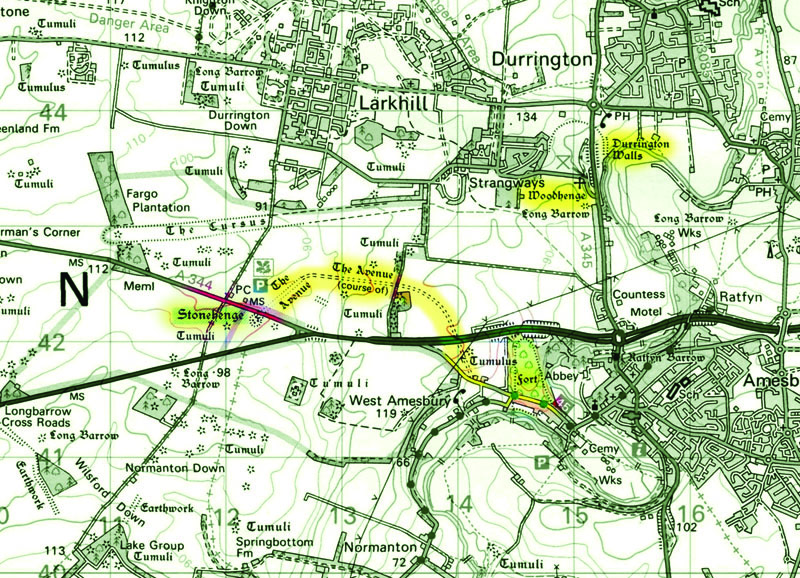
David Jacques, a researcher at the Open University, was looking at archival photographs of the area when he noticed a site in nearby Amesbury that had a natural spring. Because wild animals often congregate near springs, he wondered whether ancient man may have as well.
Excavations
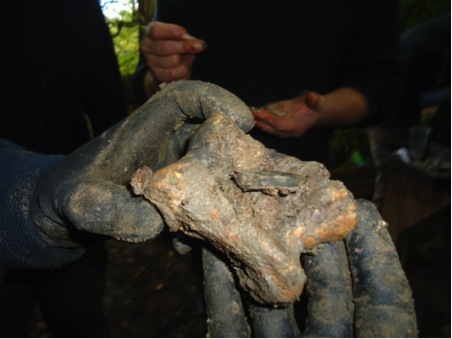
The team began excavating and unearthed evidence of burning, thousands of bone tools and hundreds of bone fragments, some dating to 7,500 B.C., nearly 5,000 years before the large megaliths were first raised at Stonehenge.
Wild aurochs

More than 60 percent of the bone fragments were from aurochs, a type of extinct wild cow. That suggests the spring was on a natural migration route for the animals. The researchers think the auroch migration route became a sacred hunting ground.
Stone tools
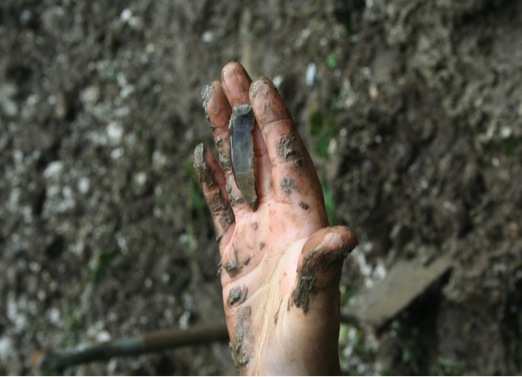
The tools were made from materials and styles found throughout England. That suggested that the hunting grounds drew people from other areas to feast. The new discovery suggests that Stonehenge got its first sacred associations as a hunting ground, right around the time that ancient people erected pine beams at Stonehenge. Ancient people may have chosen to raise the massive megaliths at Stonehenge - the area had been sacred for thousands of years.
Get the world’s most fascinating discoveries delivered straight to your inbox.

Tia is the editor-in-chief (premium) and was formerly managing editor and senior writer for Live Science. Her work has appeared in Scientific American, Wired.com, Science News and other outlets. She holds a master's degree in bioengineering from the University of Washington, a graduate certificate in science writing from UC Santa Cruz and a bachelor's degree in mechanical engineering from the University of Texas at Austin. Tia was part of a team at the Milwaukee Journal Sentinel that published the Empty Cradles series on preterm births, which won multiple awards, including the 2012 Casey Medal for Meritorious Journalism.
 Live Science Plus
Live Science Plus





